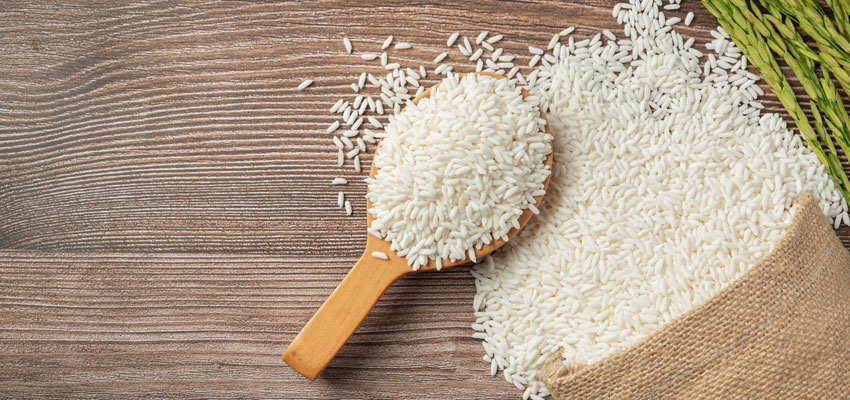In addition to the total arsenic content, AGROLAB LUFA now also determines the proportion of free, inorganic arsenic in foodstuffs, food supplements and also animal feed.
Natural sources of arsenic in the food chain are soils, sediments, water and air (e.g. after volcanic eruptions). In addition, arsenic-containing substances are used in industry. Arsenic is found in electronic components or as an active ingredient in pesticides. Inorganic arsenic can be enriched by some plants, e.g. rice. The toxicity of inorganic arsenic is higher than for organic-bound forms of the metal, which is why an analytical distinction between the two is sought. Exposure studies demonstrate substantial ingestion of inorganic arsenic through food (rice, rice products, cereals, and grain products) and contaminated drinking water.
EU Regulation 2015/1006 sets legally permissible maximum levels for rice and various rice products.
The accredited European standard procedure for the determination of the inorganic arsenic content requires an additional chromatographic separation and is therefore much more complex than the total arsenic determination. Our quantification limit is 0.02 mg/kg.
YOUR PLUS: We test your products according to standard procedures and assess the results on the basis of the applicable European maximum residue levels.
Link:
Autor: Dr. Frank Mörsberger

 Contact
Contact

 Contact
Contact Career
Career